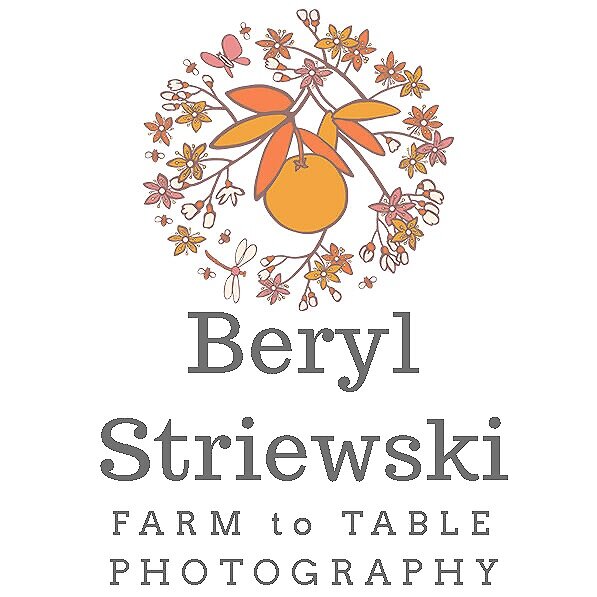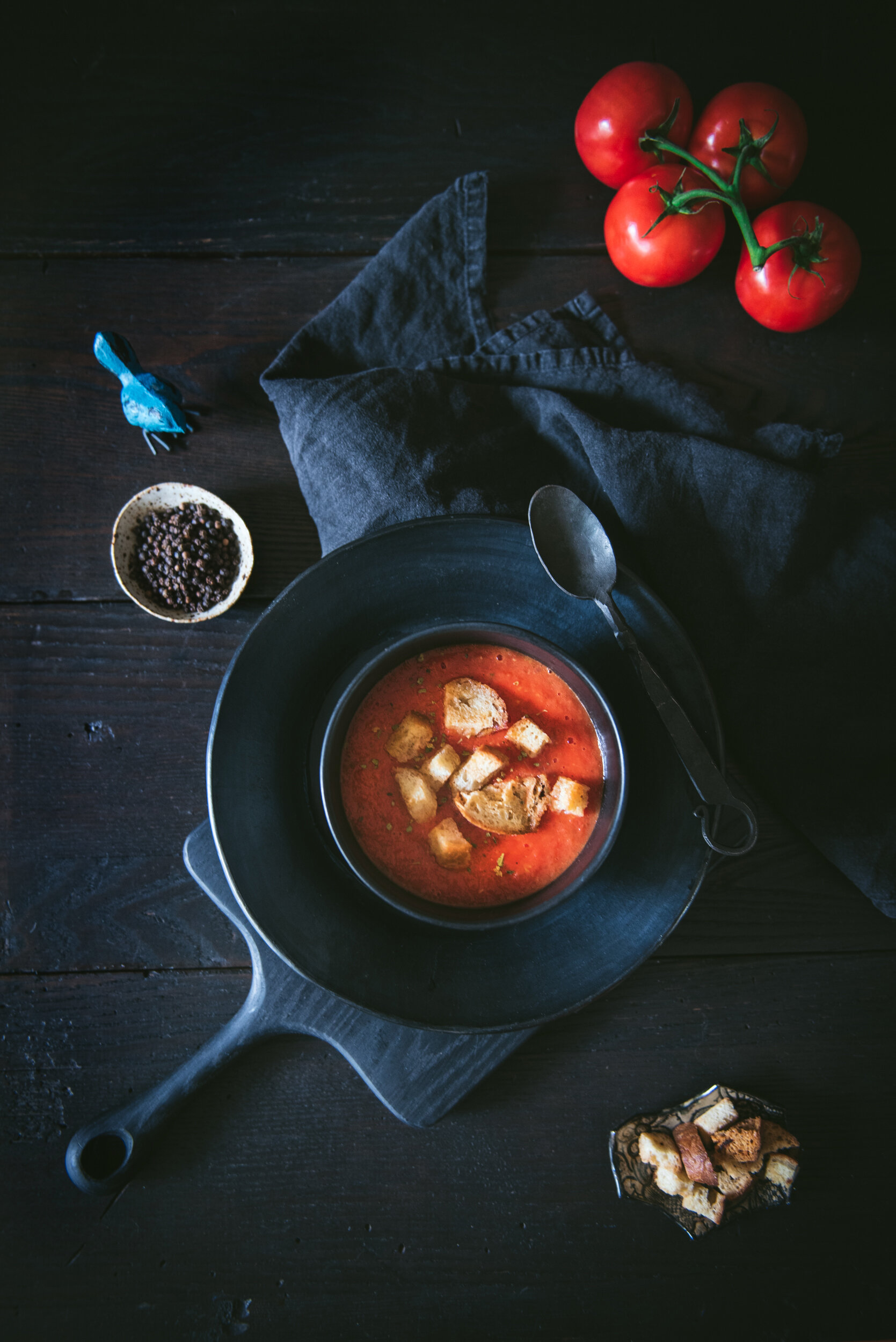I've worked in the Tasting Room at Mari Vineyards for two years. I love talking about wine with our customers, our talented winemaker, and the many wine enthusiasts that work at Mari. And since forever, I've been interested in wine - admittedly at one time, more about the quantity as opposed to quality, but now I am full on passionate about understanding the character of a wine. The aromas point the direction. The flavor confirms it's essence. An aroma can be clear and penetrating, soft and slowly revealing ; the flavor aroma can extend into the far reaches of your nasal passages and down the length of your throat.
So, I've been on a mission lately- to understand where the flavors and aromas come from. There is more to an aroma besides the variety of the grape itself. Not all Cab Franc's smell the same. The terroir and the harvest can change the character of a grape- the variety can morph into an endless family of brothers and sisters each with their own personality.
Then the winemaker adds his own alchemy during the winemaking process.
It sounds like a lot of magic I know, but there is science to aroma and flavor. Aromas come from the organic compounds that are transformed during the fermentation process. The alcohol produced contains new compounds, and lots of them. When you swirl your glass of wine, you are asking those smaller and lighter than air organic compounds to mix with the air in your wine glass so that you can readily smell them. The organic compounds can have lots of characteristics, and I'd like to show you a couple of the big ones, or impact compounds.
Monoterpenes
Have you ever smelled a glass of Viognier that smelled like a bouquet of flowers? The word bouquet has evolved to describe the aroma in the glass of wine precisely because of these compounds. The floral sweet scent is caused by the compound called a Monoterpene. Monoterpenes are the compounds that resemble flowers roses, citrus, coriander and spice. Interestingly enough, monoterpenes are also the main component of essential oils and have healing benefits. It's no wonder that we are attracted to this scent and find floral wines appealing. Floral wines like Viognier, Gerwurztraminer, Malvasia Bianca, Riesling all have this compound.
Sotolon
Have you ever put your nose inside a glass of old wine and sniffed ripe, heavy nut-like sweetness? Sotolon is that compound that smells like caramel, maple syrup, or perhaps might even be a tad nutty or even have a burnt sugar smell. This odor comes from the aging process itself. Sotolon is prevalent in Sauternes, Sherrys, very old red wine, Madiera and can also be present in oxidized wines. If you have your nose inside the glass of a very old wine, look for this scent.
I visited Chateau DeMalle in Bordeaux last year, where I induldged in a glass of timeless Sauterne.
Dicetyl
I love Mari Vineyards Chardonnay! it is velvety and creamy with a elegant mushroom molecule or two wrapped around ripe starfruit notes. Diacetyl is the compound that comes from the post-fermentation process called Malolactic Fermentation and involves the transformation of malic acid to lactic acid. Lactic acid is the aroma that has dominant notes of butter, creaminess, and in general a milk like quality to it. An oakey Chardonnay can go through this process during the secondary fermentation once inside an oak barrel and is transformed into an entirely new flavor and elegant flavor. Mari's Chardonnay is a winner in this respect.
Red wines can undergo malolactic fermentation too. The velvety mouthfeel of a red wine can come from malolactic fermentation. Lactic acid eats some of the acidity of the wine creating a softer, easier to hold in your mouth red wine.
Rotundone
Rotundone smells like black pepper, cocoa powder, leather, and other earthy spicey like aromas. This compound is prevalent in Syrahs, Zinfandels, Mourvedre, and Sangiovese to name a few. It's a very potent aroma even though the compound might be in very small amounts. Humans are very sensitive to this compound and can detect it in very minute amounts. Some people like it, and others reject it outright.
These are some of the many organic compounds found within our glass of wine. They are called Impact Compounds and color our aroma experience.
So, next time you lift your glass, first give it a good swirl and sniff, sniff, sniff away!
Cheers!










